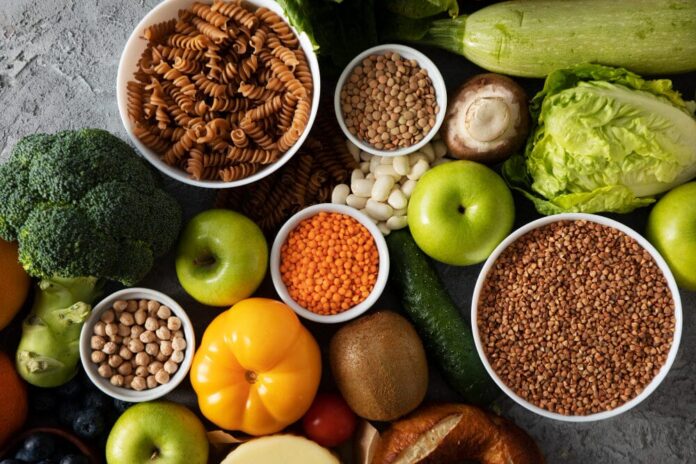When it comes to nutrition, fiber doesn’t always get the spotlight it deserves. Many people don’t understand what fiber is or why it’s so important, and most Americans are not eating nearly enough of it.
By mindfully adding more fiber to your diet, you can benefit from its many health perks.
Dietary fiber is a type of carb found in plant-based foods, such as fruits, vegetables, whole grains and legumes. Unlike other carbs, your body doesn’t digest or absorb fiber, so it passes through your digestive system mostly intact. This helps regulate digestion and support overall health.
There are two types of dietary fiber: soluble and insoluble. Soluble fiber dissolves in water to form a gel-like substance, helping to lower cholesterol and blood sugar. It is found in oats, beans, lentils and fruits.
Insoluble fiber does not dissolve in water so it helps to move foods through the digestive system. Insoluble fiber is found in whole grains, nuts and seeds and vegetables. A healthy, balanced diet includes both types of fiber.
Fiber has many health benefits, such as:
• Improving digestion and reducing constipation
• Controlling blood sugar levels
• Lowering “bad” cholesterol or LDL
• Supporting heart health
• Helping maintain a healthy weight by keeping you feeling full
• Potentially reducing your risk of diseases, such as colon cancer and type-2 diabetes
So how much fiber should we be eating? The National Academy of Medicine recommends that women eat 25 grams and men eat 38 grams every day. Keep track of your fiber intake by reading nutrition labels or using a nutrition tracking app.
To add more fiber into your diet, make easy swaps like whole grains instead of white breads, pastas and rice or opting for whole fruits and veggies over juices.
Try starting your morning with a fiber-full breakfast like oatmeal, high fiber cereal or whole wheat toast.
Make legumes your friend by making beans, peas, and lentils regulars in your diet. Finally, for snack time pick things like popcorn, raw veggies with hummus, or nuts.
Natalie Peters is the community health educator int he Dallas County Public Health Department.

















